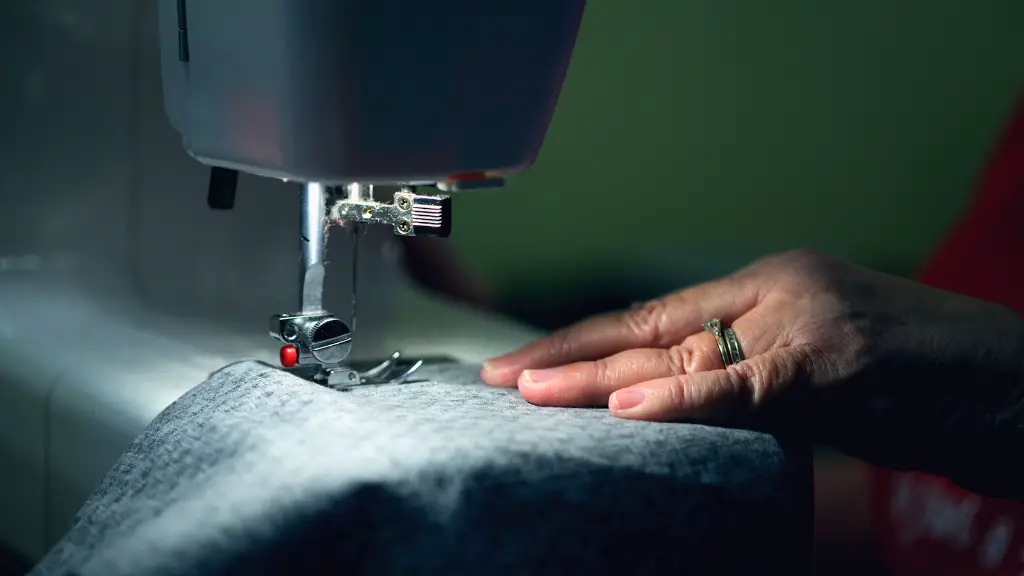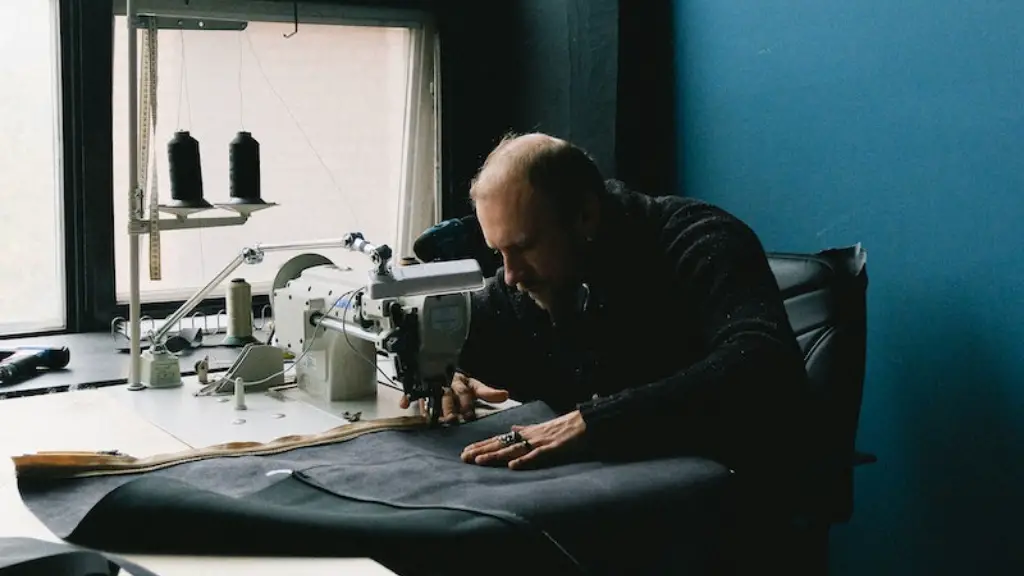Maintenance & Storage
Whether you use a vintage Singer Featherweight Sewing Machine or the latest model, proper maintenance is essential to ensure a long-lasting and trouble-free machine. In this article, we’ll take a look at how to properly oil a Featherweight sewing machine, what storage options are available and good practices for long-term care.
Every part of the machine needs to be regularly cleaned and oiled for optimum performance. Before you begin, make sure the machine is unplugged and the handwheel is set to a neutral position. It is also important to keep the oil free from dirt and dust particles to avoid any contamination of the internal parts.
Begin with the handwheel of the machine. Remove the dust cover and clean the handwheel with an electrostatic dust eliminating cloth. This cloth has special fibers that attract and contain dust particles, leaving the surface clean and dust-free.
Use a small amount of sewing machine oil and lubricate all external parts that move, including the handwheels, bearings, and presser foot.
Using a clean, dry cloth, wipe away any excess oil on the exterior. Wiping with the dry cloth will also help redistribute the oil on the internal moving parts, ensuring that the machine is lubricated.
Proper storage is essential for protecting the machine and prolonging its lifespan. A vacuum-sealed storage pouch or a machine cover is ideal for preventing moisture and dust from coming into contact with the machine.
Additionally, for long-term storage, a desiccant pouch is recommended. This will absorb any moisture present in the air and prevent the internal parts of the machine from corroding or rusting.
Troubleshooting & Parts Replacement
In the event that something is wrong with your Featherweight sewing machine, it’s important to take action right away and have it checked by a technician. Many times it’s something as simple as a worn part or too much oil.
When replacing parts, choose genuine parts that are suited for the specific make and model of the machine. If genuine parts are not available, choose compatible replacements that are certified by the manufacturer.
To avoid any problems with the machine, it’s best to avoid using third-party or aftermarket parts or lubricants that have not been approved or tested.
Finally, never attempt to open or fix the machine without consulting a sewing machine repair specialist first.
Singer Featherweight Troubleshooting Tips
If your machine is not running as expected, these tips might help. Begin by checking if the threads are properly threaded, making sure that the spool pins are in the correct position, and that the stitch length and tension disk settings are correct.
For persistent threading problems, inspect the needle and make sure that it’s the correct size, shape, and model for the machine. It’s also important to change the needle frequently if fraying or knotting occurs.
If the bobbin is not working correctly, inspect the bobbin case and make sure the thread is properly wound, tension settings are correct and the bobbin is making smooth revolutions in the bobbin case.
If the machine is still not running correctly, check the internal moving parts and make sure they are properly lubricated. It’s also important to inspect the belt and make sure it is tight and contains no tears or cracks.
Conclusion
Oil is essential to the proper care and maintenance of a Singer Featherweight Sewing Machine. To keep the machine running in top condition, make sure to clean and oil all external and internal parts regularly, use genuine parts to replace worn pieces and store the machine in a vacuum-sealed pouch or machine cover. For persistent issues with the machine, it’s best to take it to a qualified technician for professional repair. With the tips and advice outlined in this article, you’ll be able to keep your vintage Singer Featherweight Sewing Machine running smoothly and efficiently for years to come.

